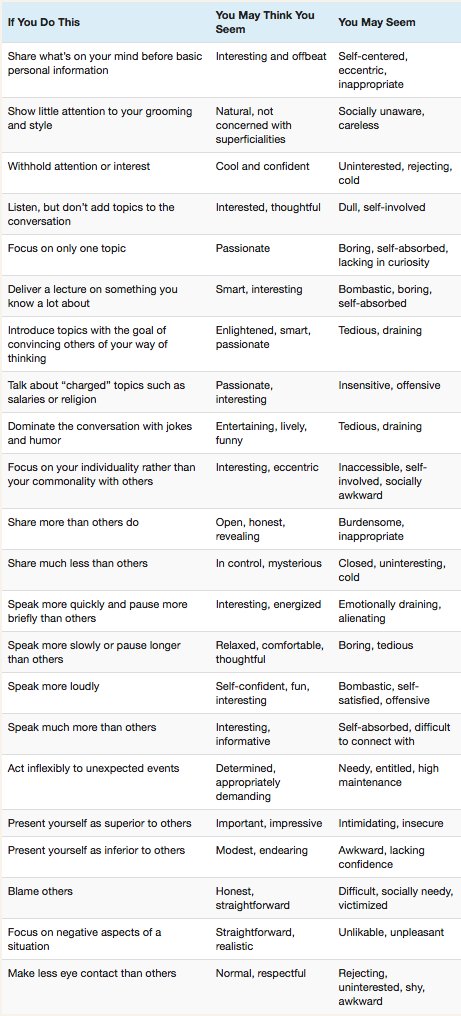
Is it Possible ?


 Some wise views from Larry Hite:
Some wise views from Larry Hite:
“We don’t really trade silver…we don’t trade the S&P…we trade the differences. We really are risk managers. We take on risks, try to exploit them and we leave when they turn against us. That is what we get paid for. Basically we are in the risk transfer business. We take on what people want to sell, sell what people want to buy and hope to make a profit. The reason why one goes to a portfolio is because there are real limits to perfect knowledge. I’ll give you an example. Say you knew which commodity, stock or currency would appreciate the most in the following year, and you knew exactly what its price would be. We did this experiment looking backwards in fact in our database. The question of when you take a position is how are you going to trade the line…how much of a position are you going to leverage. Now, if you have perfect knowledge, would you leverage 5 to 1, would you leverage 10 to 1, 2 to 1? Well it turns out that if you leverage more than 3 to 1 that you are a loser. Because we found that if you did 3 to 1 you would have, even with perfect knowledge, you could go down a third. So that, the only perfect knowledge you could have, would be if you knew every wiggle on the line. Then you would know exactly how much to leverage. But you don’t.”

There is a meaningful difference between trading to win and trading to not lose. The average person feels more psychological pain over a loss than they feel pleasure over a gain–particularly once they have already “booked” that gain mentally.
When we enter a trade, we expect to be paid out. Mentally, we book a potential profit. When a loss materializes, it is the unexpected event–and we respond more strongly to the unexpected than to the familiar.
What is the solution to this dilemma? The answer, surprisingly, is to book losses before they occur.
It’s human nature to not want to think about such unpleasant things as losses. But by knowing our maximum possible loss in advance and by mentally rehearsing what we’ll do on those occasions when the loss occurs, we normalize the losing process. That divests it of its emotional grip.
We can never eliminate loss from life or trading; nor can we repeal the basic uncertainties of markets. What we *can* do is develop an edge in the marketplace and, over the course of many trades, let that edge accumulate in our favor.

 In addition to his “real” job managing money, Buff Pelz Dormeier develops technical indicators. He shares some of the fruits of his—and his noteworthy predecessors’—labor in Investing with Volume Analysis: Identify, Follow, and Profit from Trends (FT Press, 2011).
In addition to his “real” job managing money, Buff Pelz Dormeier develops technical indicators. He shares some of the fruits of his—and his noteworthy predecessors’—labor in Investing with Volume Analysis: Identify, Follow, and Profit from Trends (FT Press, 2011).
When I started reading this book I suspected that it would be like so many others: long on generalities and short on actionable ideas. The first hundred pages or so do indeed deal with general relationships between price and volume, and some of the material is familiar. But even the familiar material is often presented in an unusual way. Here’s one example.
Newton’s second law of motion, reinterpreted to apply to financial markets, analyzes “how much volume (force) is required to move a security (the object) a given distance (price change) at a given speed (acceleration/momentum). … Richard Wyckoff referred to this principle as the law of effort versus result, which asserts that the effort must be in proportion to the results.” (p. 47) As a corollary of this law, “if more volume (force) is required to produce less price change (acceleration), then the stock is becoming overly bought or sold.” (p. 85)
In apparent contradiction to Wyckoff’s law of effort is the rule of trend volume, according to which “more volume substantiates a stronger trend.” (p. 85) Can these two principles be reconciled? Dormeier suggests that they can, once we bring the notions of strong hands and weak hands into the equation. His discussion is too detailed to summarize here, but it is premised on how strong hands and weak hands play the game. As he writes, “Strong hands buy out of an expectation of capital appreciation. Weak hands buy out of greed and the fear of missing out on an opportunity. Weak hands sell from the fear of losing capital. Strong hands sell to reinvest in better opportunities (which does not have to be other equities).” (p. 87)
Dormeier really hits his stride when he turns “general volume principles into indicators with numerical values.” (p. 113) These indicators have a dual mandate—to lead price and to confirm price. But they don’t all work the same way; they are “tools, each of which is designed to explain a distinct piece of the volume puzzle.” (p. 117) (more…)
